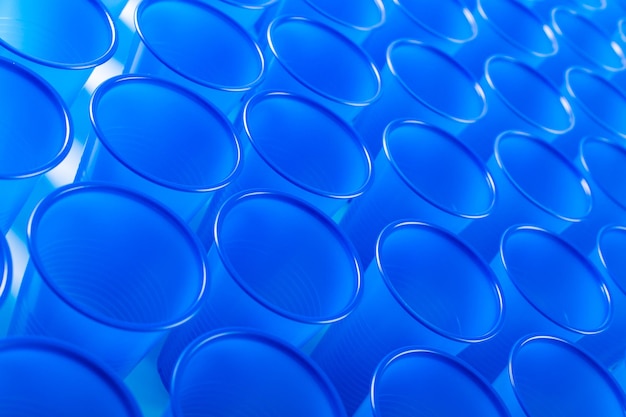The Chemistry of Mixing Polymers
Mixing Polymers with EvenMix are a common and useful modification of polymers, used for a wide range of applications. By combining different polymers, one can control the physical properties of the final product. This is done by mixing in the desired additives or by changing their concentration. The most important property controlled by blending is the molecular weight distribution of the polymer. The mixture is a heterogeneous system and the distribution is determined by both the nature of the monomers and the reaction conditions. A good example is the coagulation of natural rubber and gutta-percha which resulted in the development of a new polymer class.
Mixing Polymers
Polymers are typically mixed by dispersing them in water or solvent. The solvent must then be removed before the polymers are used, so it is important to make sure that the resulting slurry has the right viscosity for the application. The process of mixing is often very time consuming and complex. This is why industrial slurries are often mixed in totes, with mechanical mixers that can provide high-speed mixing of very thick materials.
In addition to the problems associated with stirring such thick materials, there are also thermodynamic reasons why immiscible polymer blends tend to be unstable. The entropy of mixing, which is so convenient for mixing small molecules, becomes much less significant with large molecular weight materials. The high viscosity of polymers makes it very difficult to create thermodynamically stable mixtures, even at elevated temperatures.
To reduce the entropy of mixing it is possible to use a special type of blend known as a polymer alloy. This has the effect of changing the morphology of the system and is often very useful in improving the performance of the material.
A further way in which the morphology of polymer systems can be controlled is by using compatibalizers to help them adhere to each other at the interface. This can improve the quality of the material and make it easier to process, for example by extrusion or injection molding.
In order to understand the chemistry of these types of systems it is necessary to consider their free energy of mixing as a function of composition. This can be done by plotting the zero shear viscosity , the equilibrium compliance and the rheological parameters z, t1 and t2 (repetition times) against the proportion of the different components in the blend. A typical mixing rule is shown in figure 4, where the zero shear viscosity increases with the volume fraction of the high molecular weight component FB and the equilibrium compliance decreases at low content. This is an example of non-synergetic behaviour, and can be predicted from the lattice theory equations. A similar prediction is made for the enthalpy of mixing of an LCST mixture PS/PVME based on experimental data (symbols). It is shown here that the theoretical curve fits to the PVT data very well. The corresponding phase diagram is also shown.

